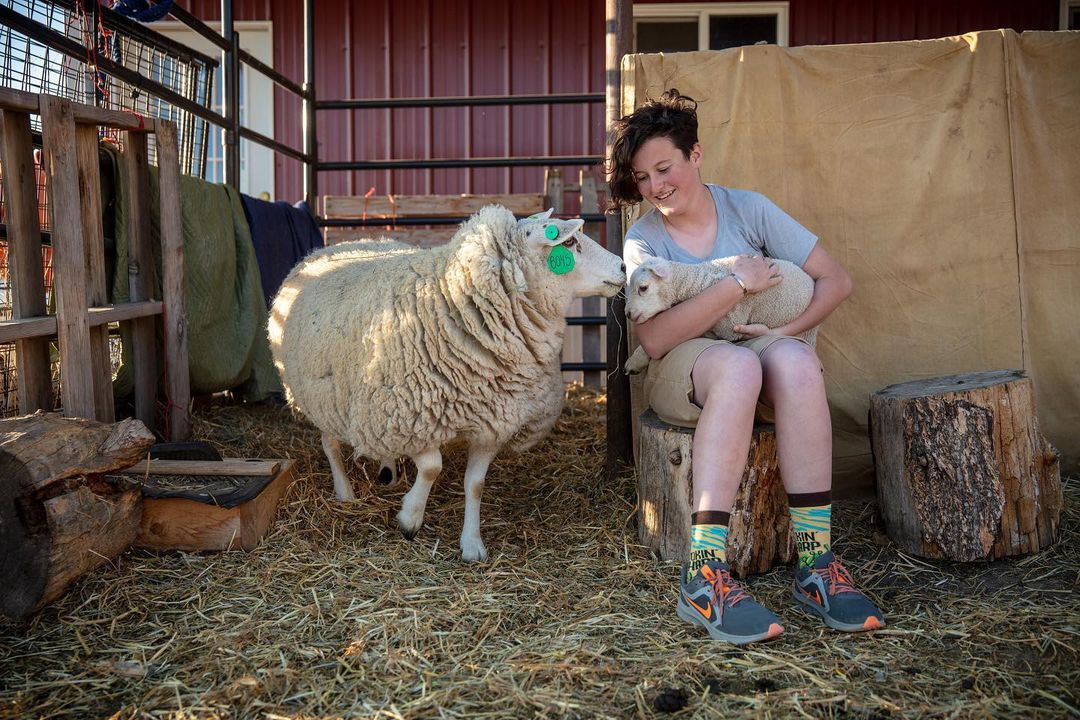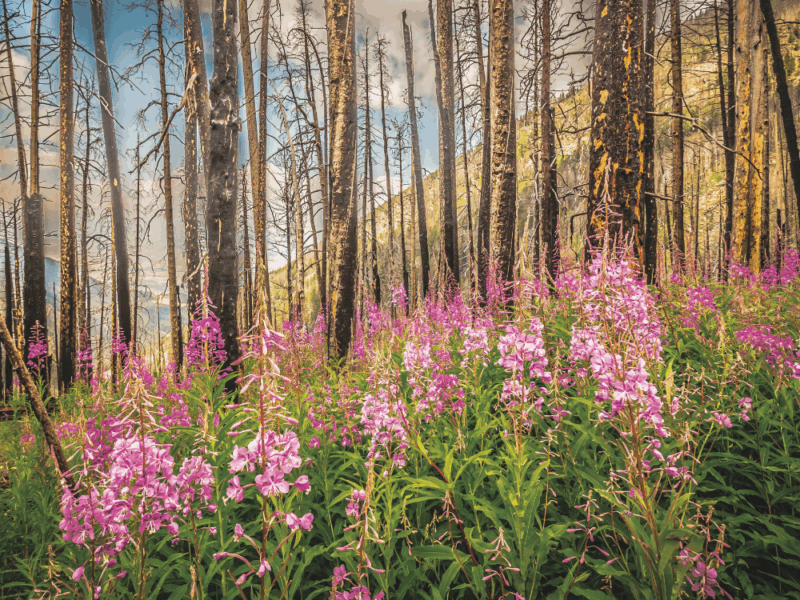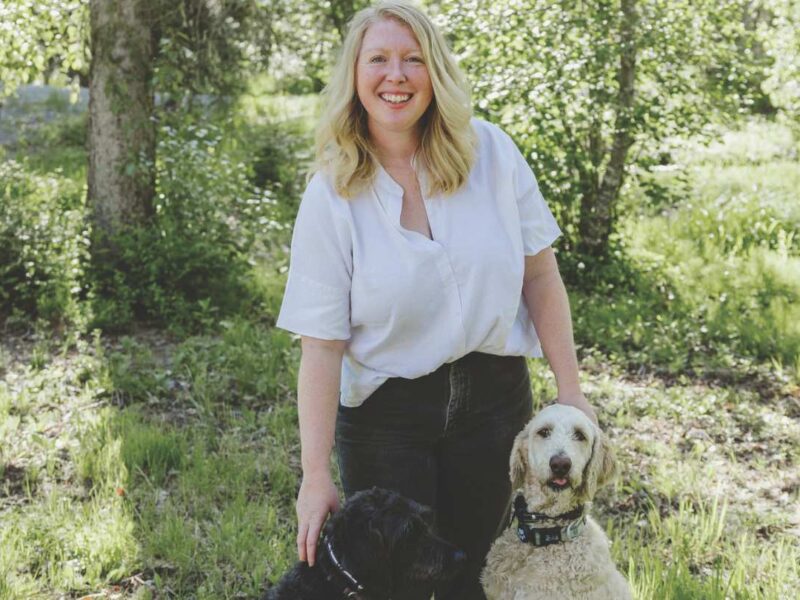
New podcast offers vital visits with passionate women in ranching
It’s always exciting to see ranchers’ work, particularly women ranchers’ work, brought to life through fresh eyes and exceptional storytelling. And that’s exactly what happens in the first episode of Women’s Work, a new podcast from Ashley Ahearn and Boise State Public Radio. Fourteen-year-old Maloi Lannan of Red Clover Lambs in Montana is featured; we join her while she waits for her ewe Babette to lamb. Maloi and her parents ranch in the Paradise Valley of Montana, just north of Yellowstone National Park, and are committed to regenerative practices to support the land, people and wildlife.
After a year of recording this series on western ranches, Ahearn says, “There is one thing I can say though, after visiting a whole bunch of different ranches for this series; no two ranches are the same. The conditions are different. The climate and weather patterns are different. The numbers and breeds of cows are different. Heck, even the plants are different. So, coming up with a definitive statement about the best ways to graze livestock that applies across the board is almost impossible. There is no one right way. Ranching is about adaptation, assessing the conditions and then making adjustments.” This helps explain why the series begins with the story of 14-year-old Lannan’s struggles to both launch a grass-fed lamb business and explain regenerative agriculture to the members of her 4-H club through a coloring book she designed. Lannan is among the “youngest members of this new movement,” says Ahearn in the episode.
“No two ranches are the same. The conditions are different… So, coming up with a definitive statement about the best ways to graze livestock that applies across the board is almost impossible. There is no one right way. Ranching is about adaptation, assessing the conditions and then making adjustments.”
Women’s Work host Ashley Ahearn
My own experience with land management is that it takes a minimum of several years to really start understanding what is possible and how to adjust livestock behavior to better utilize the grass resource, particularly when you first step onto a place. And in the West, as we move in and out of drought, each year varies greatly with severity (or lack thereof) in winters, the stifling dry heat of summer and the shoulder seasons which are often missed if you blink your eyes. The Lannan’s have been on their homeplace for many years but with each new lease and each new enterprise, such as Maloi’s growing and finishing business, they are having to constantly learn and adapt to new ecological and social conditions.
It can be easy to forget the magic that we ranchers participate in every day, tuned into the ebbs and flows of life. I was brought deeply back into that experience as I listened to Ahearn spend time with the Lannan family, drawing out their passion for the care of the land. And I certainly appreciate the nuance and candor that Ashley brought to this work, interviewing women around the West, many of whom she met at Women in Ranching’s first Confluence, Beyond Fencelines, in November 2020. I am energized to see connections like this being made by the Women in Ranching programming, which exists to connect, support, and foster these growing relationships between women.
As we inch nearer to spring and harbor hopes of green grass and healthy young livestock bouncing around the ranch, I recommend spending some time with this podcast. The content will surely inspire conversation on your ranch, and it is an immersive reminder of the passion all of our fellow ranchers bring to the land and its care. We can all use more of that.
You can find the podcast here and subscribe wherever you get your podcasts.
Photo by Louise Johns.




